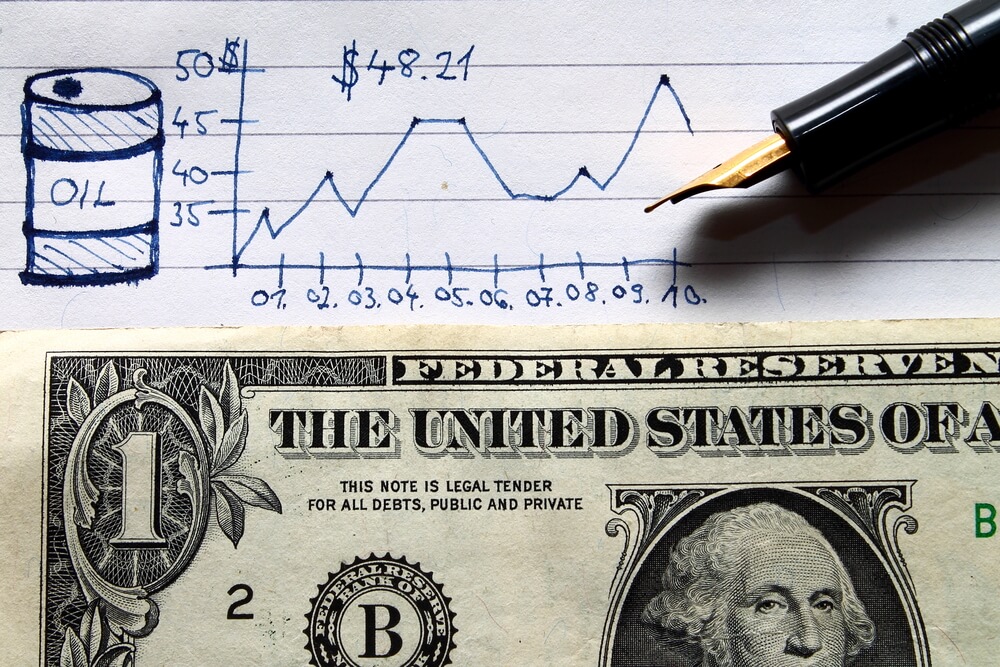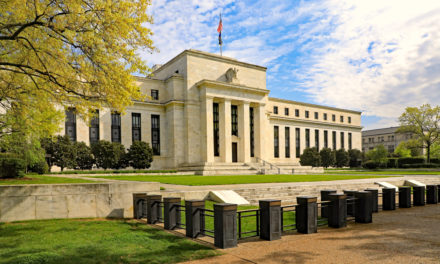Holiday shoppers should enjoy more spending power thanks to the recent sharp drop in oil prices, drawing a gleeful tweet from President Donald Trump, though cheaper energy could also weigh on the U.S. economy by dampening investment in shale oil production.
While the fall in oil prices doesn’t yet match the 2014-2016 slump to $26 per barrel, the current decline should soon make itself felt through the global economy.
The international crude benchmark, Brent, has fallen under $65 per barrel from a four-year high in early October over $86, and U.S. crude has dropped below $55 a barrel.
Retailers in the U.S., who depend on heavy Christmas spending, should see a boost as lower gasoline prices give consumers more spare cash to spend on gifts.
The average price of a gallon of regular gasoline in the U.S. has fallen to $2.60 from $2.85 a month ago. So the driver of a midsize car or crossover is saving about $4 on a fill-up while drivers of bigger SUVs could save $7 to $8.
U.S. President Donald Trump took the opportunity to tweet: “Oil prices getting lower. Great! Like a big Tax Cut for America and the World. Enjoy! $54, was just $82. Thank you to Saudi Arabia, but let’s go lower!”
The drop in prices, however, could also lead to less investment in new rigs in oil-producing U.S. states, offsetting the overall impact on economic growth.
“Lower oil prices are now a net drag on the U.S. economy. This is a huge break from the past,” said Ian Shepherdson, chief economist at Pantheon Macroeconomics.
Shepherdson said the oil price drop would soften growth “at the margins” as the U.S. slows once the boost from recent tax cuts fades.
The economic impact is also different this time for Russia, which fell into recession after the last oil slump. Analysts say the country, a major oil and gas producer, is more insulated from a market drop because it has found ways to balance the state budget at lower oil prices. That’s one reason Russia has been pumping oil at top speed recently.
The International Energy Agency says abundant global oil supplies should be welcomed as insurance against market volatility. It says lower prices are also a big break for people in developing countries who have seen fuel prices rise due to a stronger U.S. dollar, the currency oil is denominated in.
The recent drop in oil has been driven by calls for major producers to increase production. The U.S., Saudi Arabia, and Russia have all stepped up output. One reason was fears of a price spike due to sanctions on Iran. But when U Trump imposed them Nov. 5, he added a six-month waiver for several countries that are major consumers of Iranian oil. Instead of spiking, prices have slumped. Concerns about slowing global growth have also weighed on prices.
Trump may have contributed to the price decline with a tweet on Nov. 12 in which he said that “hopefully, Saudi Arabia and OPEC will not be cutting oil production.” Saudi Arabia’s oil minister had said a day earlier the country planned production cuts.
Saudi Arabia’s Crown Prince Mohammed Bin Salman is under pressure over the reported killing of journalist Jamal Khashoggi at the Saudi consulate in Turkey in October, adding another factor to the oil market equation. “To avoid U.S. sanctions, Saudi Arabia may decide to backpedal on its intended production cuts,” wrote analysts at Commerzbank.
More volatility could lie ahead. The IEA has warned that despite the temporary waivers, the U.S. still intends to block Iran’s ability to export oil. Meanwhile OPEC, the cartel of oil-producing countries, could yet announce production cuts at its Dec. 6 meeting in Vienna. Commerzbank’s analysts said that “a production cut of at least 1 million barrels a day will probably be agreed there.”
“We see the oil market as being in a phase of exaggeration and expect a noticeable price recovery after the OPEC meeting at the latest.”
The U.S. oil contract traded at $54.62 a barrel in afternoon trading in Europe on Wednesday, up $1.19. Brent crude was at $63.55, an increase of $1.02.
© The Associated Press. All rights reserved.




